



How do major retailers like Walmart handle thousands of customer queries in real time without breaking a sweat?
The answer lies in conversational AI, a technology that is revolutionizing customer service. From answering questions instantly to providing personalized shopping recommendations, conversational AI reshapes how retailers interact with their customers. In a world where speed and convenience are everything, AI-driven customer service is not just a trend—it’s the future.
But how exactly is conversational AI making this happen?
Why are more retailers turning to AI to elevate their customer service game?
What technologies are behind this transformation, and how is AI helping businesses personalize experiences?
Most importantly, what challenges do companies face as they adopt AI, and what can we expect from the future of this technology?
In this blog, we’ll answer these questions, break down the key areas where conversational AI is driving change in retail, and explore its potential to revolutionize how customers engage with brands.
What’s Driving Conversational AI’s Impact on Customer Service?

Conversational AI is transforming customer service by automating customer interactions, allowing businesses to handle more inquiries than ever before—instantly. Whether customers are asking for product details, tracking their orders, or checking return policies, AI chatbots provide real-time responses with minimal wait times. This ability to interact 24/7 gives customers the convenience and accessibility they now expect in their shopping experience.
AI chatbots, powered by Natural Language Processing (NLP), machine learning, and Large Language Models (LLMs), are able to understand human language and continuously improve their responses over time. LLMs, in particular, enable these chatbots to generate more nuanced and context-aware responses, enhancing their conversational abilities. The more they interact with customers, the smarter they become, offering faster and more relevant information. This not only improves customer satisfaction but also frees up human agents to focus on more complex issues that require empathy and creativity, ensuring a balanced blend of automation and human touch.
What’s Motivating Retailers to Embrace AI?
Retailers are adopting conversational AI for one primary reason: efficiency. The retail industry is highly competitive, and delivering fast, seamless customer service is a key differentiator. Speed matters in today's fast-paced world. AI can handle hundreds, if not thousands, of customer inquiries simultaneously, ensuring that no customer is left waiting.
In addition to speed, cost-effectiveness is another driving factor. By automating routine customer service tasks, retailers can significantly reduce the burden on human agents, cutting operational costs while still maintaining excellent service. More importantly, conversational AI helps businesses scale customer service effortlessly. Whether it’s handling a Black Friday rush or managing daily interactions, AI doesn’t get overwhelmed, making it a scalable solution for growing retail operations.
Which Technologies Power This Transformation?

The real power behind conversational AI lies in Natural Language Processing (NLP), machine learning (ML), and Large Language Models (LLMs). These technologies enable AI systems to understand and interpret human language in a way that feels natural and intuitive.
NLP helps machines understand context, sentiment, and the subtleties of human language, allowing chatbots to respond appropriately to customer queries. Whether the customer is feeling frustrated or happy, NLP enables the AI to pick up on these emotions and tailor its responses accordingly.
Machine learning plays a crucial role in helping AI systems improve over time. As more data flows through the system, the AI becomes better at recognizing patterns and predicting customer needs. For instance, it can learn common questions, personalize responses, and even suggest products based on the customer’s shopping behavior.
LLMs, such as GPT and BERT, enhance conversational AI by providing more nuanced and context-aware responses. These models are trained on vast amounts of text data, allowing them to generate human-like dialogue and understand complex queries better than traditional AI systems.
Together, these technologies form the foundation of conversational AI, allowing it to act more like a human assistant than a simple programmed response system.
In What Ways Is AI Enhancing Personalization for Businesses?
Personalization is no longer a luxury—it’s an expectation. Customers today want tailored experiences that make them feel like the brand understands their needs. Conversational AI excels at delivering these personalized experiences by analyzing customer data in real-time.
By reviewing past purchases, browsing habits, and interactions, AI chatbots can recommend products, suggest deals, or even remind customers of items they may have left in their cart. This level of customization creates a more engaging and relevant shopping experience that not only improves customer satisfaction but also drives higher sales for the business.
In essence, conversational AI allows businesses to offer personalized, one-on-one service at scale, something that would be impossible with human agents alone.
What Hurdles Do Companies Encounter When Adopting AI?
While the benefits of conversational AI are vast, its adoption comes with a few challenges. AI bias is one of the biggest concerns. If the training data fed into AI systems is biased, the AI may inadvertently provide skewed or unfair responses, which could lead to customer dissatisfaction or even legal issues. Retailers must be vigilant in ensuring their AI systems are trained on diverse, inclusive datasets.
Another challenge is maintaining the human touch. Although AI can handle many interactions, there are times when customers need the emotional intelligence and empathy that only a human agent can provide. Striking the right balance between AI automation and human involvement is key to ensuring a seamless customer experience.
Additionally, AI still has limitations in handling complex or ambiguous queries. Retailers need to ensure that their AI systems can escalate issues to human agents when necessary, ensuring customers aren’t left frustrated by inadequate AI responses.
Conclusion:
What Lies Ahead for the Future of Conversational AI?

The future of conversational AI in retail looks promising. As technologies like voice assistants and predictive analytics evolve, AI will become even more intuitive and proactive. Imagine a future where AI anticipates your needs before you even ask—perhaps suggesting a product based on your browsing history or resolving issues before they become problems.
Advanced voice-based assistants like Alexa or Google Assistant are likely to be integrated more deeply into the retail experience, allowing customers to complete purchases, track orders, and get recommendations through voice commands alone.
Moreover, predictive customer service will take AI to the next level by helping businesses anticipate customer needs. By analyzing patterns and behavior, AI could predict issues before they arise, offering solutions proactively, and elevating customer satisfaction to new heights.

A practical walkthrough of how I reduced heavy batch workloads using Change Data Feed (CDF) in Databricks. This blog shows how CDF helps process only updated records, cutting compute costs and boosting pipeline efficiency.

I dropped a table in Snowflake, then queried to verify it was gone. The system said it doesn't exist, but also showed it consuming 3.57 MB. That contradiction led me down a rabbit hole of metadata delays, missing commands, and hidden costs. Here's what I discovered.
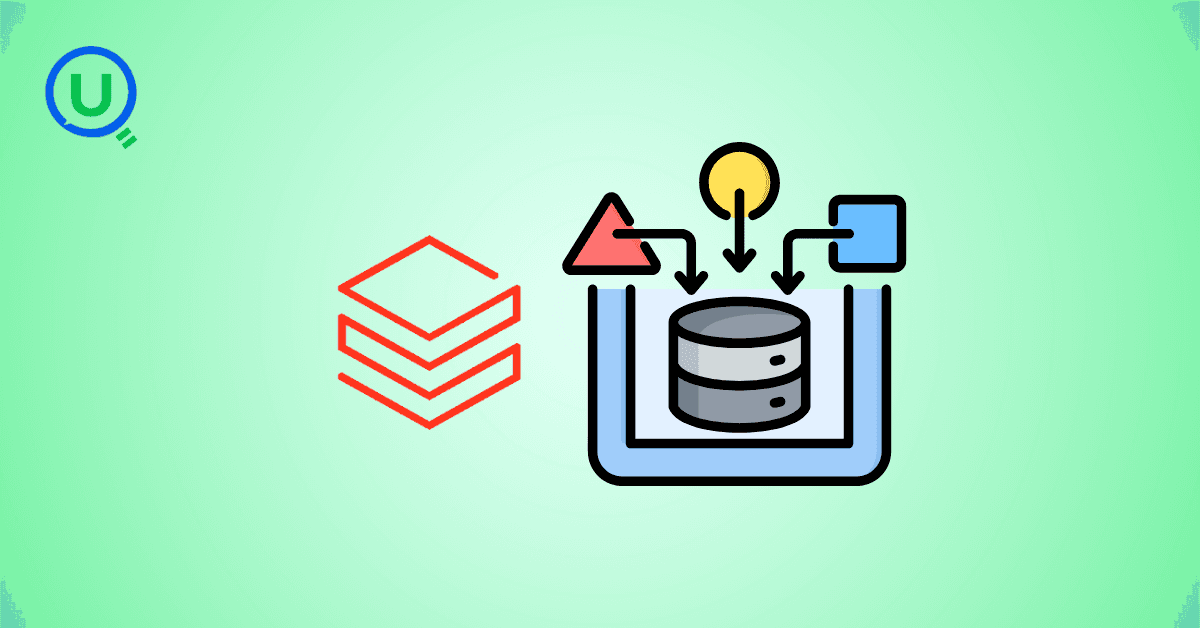
The AI industry has a security problem: data scientists aren't trained in security, ML engineers are working with black-box models, and security pros don't understand GenAI. Learn about the frameworks and tools bridging this gap—from Llama Guard to Databricks' safety features.

Why DELETE isn’t enough under GDPR, and how Time Travel can make sensitive data reappear unless VACUUM is used correctly.

This blog shares my personal journey into Snowflake Gen AI, from early confusion to hands-on clarity. It offers practical study tips, common pitfalls, and guidance to help you prepare effectively and understand Snowflake’s evolving AI capabilities.

Started scrolling Instagram at 2 AM. Saw Cloudflare memes. Fell down a 4-hour research rabbit hole. Discovered that AND database = 'default' could have prevented the whole thing. My sleep schedule is ruined but at least I understand distributed systems now.

Discover the top 10 data pipeline tools every data engineer should know in 2025. From Airflow to Fivetran, learn how each tool powers modern data workflows, supports real-time analytics, and scales across cloud ecosystems.
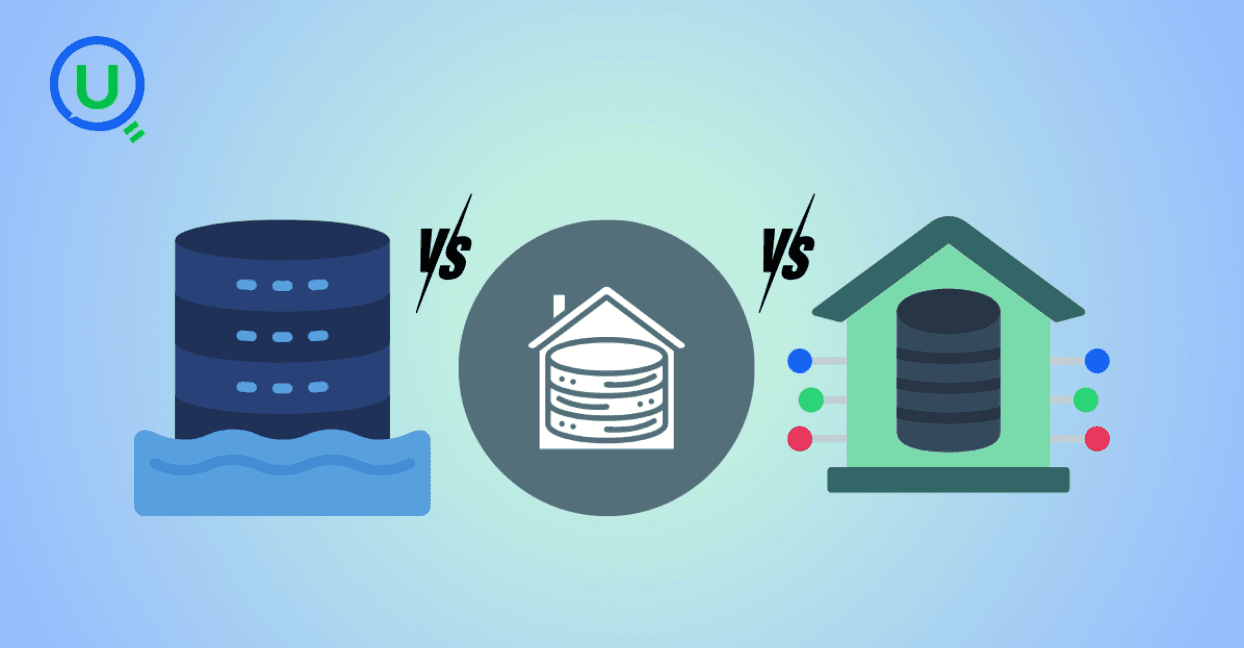
Confused between a data lake, data warehouse, and data mart? Discover key differences, real-world use cases, and when to use each architecture. Learn how to build a modern, layered data strategy for scalability, governance, and business insights.

Explore what syntax means in the world of data and AI—from SQL and Python to JSON and APIs. Learn why syntax matters, common errors, real-world examples, and essential best practices for data engineers, analysts, and AI developers in 2025.
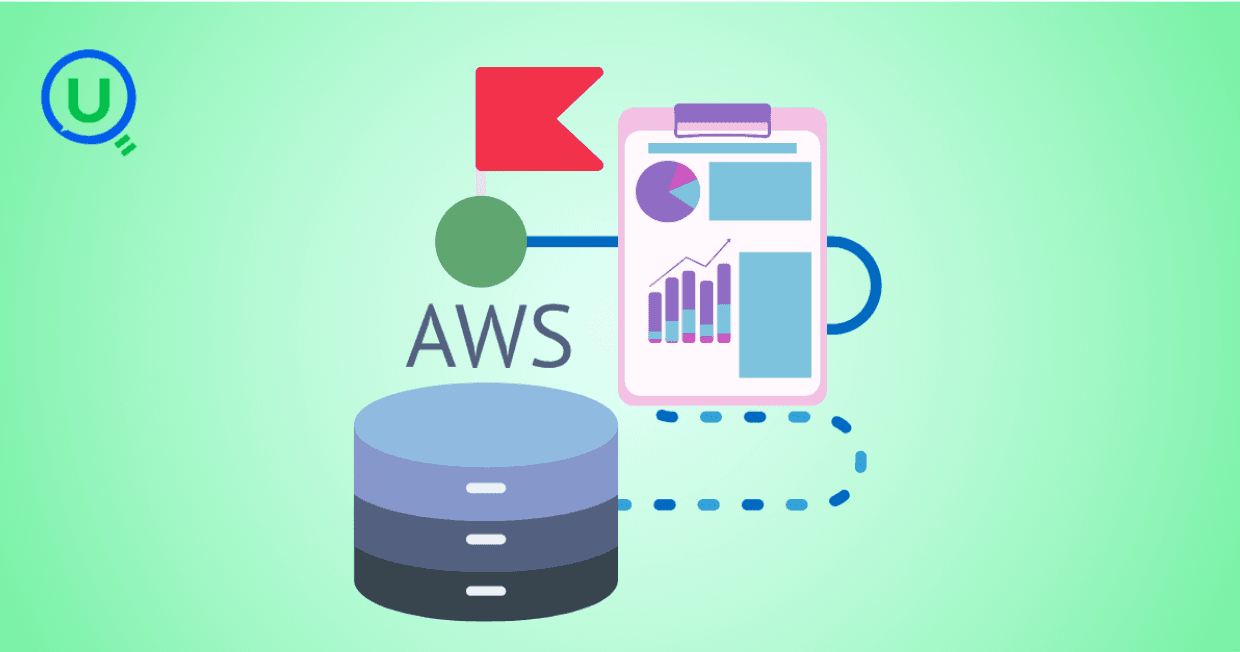
Discover how AWS Data Pipeline helps automate data movement and transformation across AWS services like S3, Redshift, and EMR. Learn its key features, benefits, limitations, and how it compares to modern tools like AWS Glue and MWAA.

Learn how to build scalable and secure data pipeline architectures in 2024 with best practices, modern tools, and intelligent design. Explore key pillars like scalability, security, observability, and metadata tracking to create efficient and future-proof data workflows.
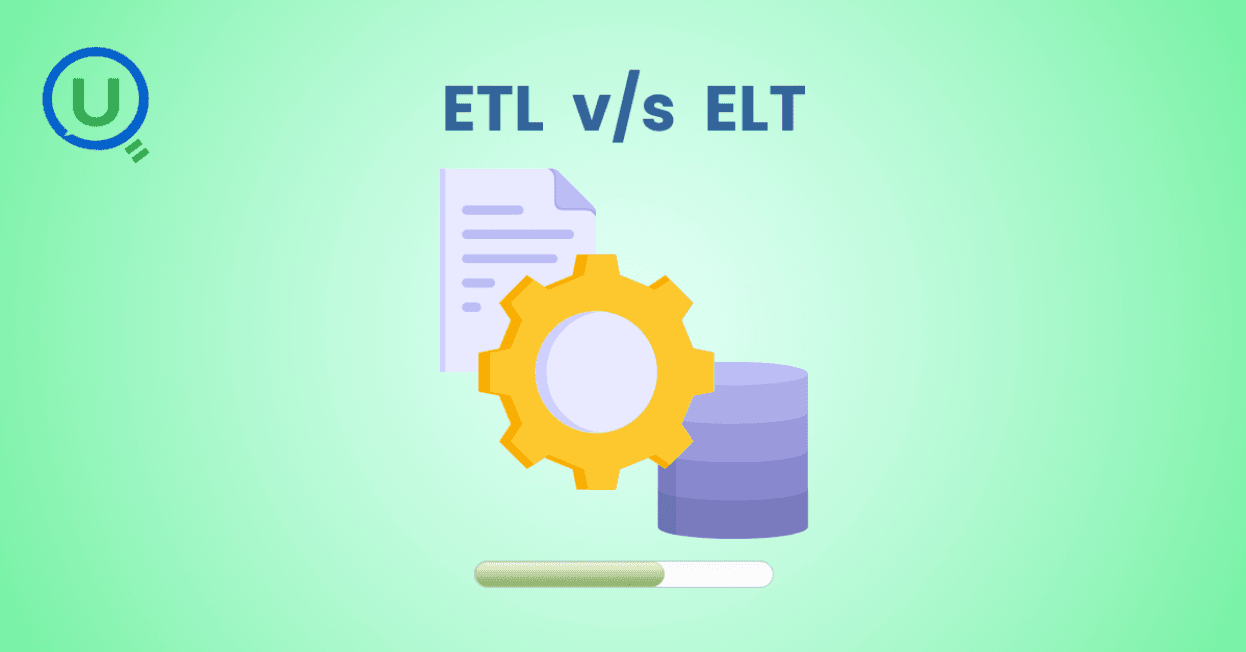
Explore the key differences between ETL and ELT data integration methods in this comprehensive guide. Learn when to choose each approach, their use cases, and how to implement them for efficient data pipelines, real-time analytics, and scalable solutions.
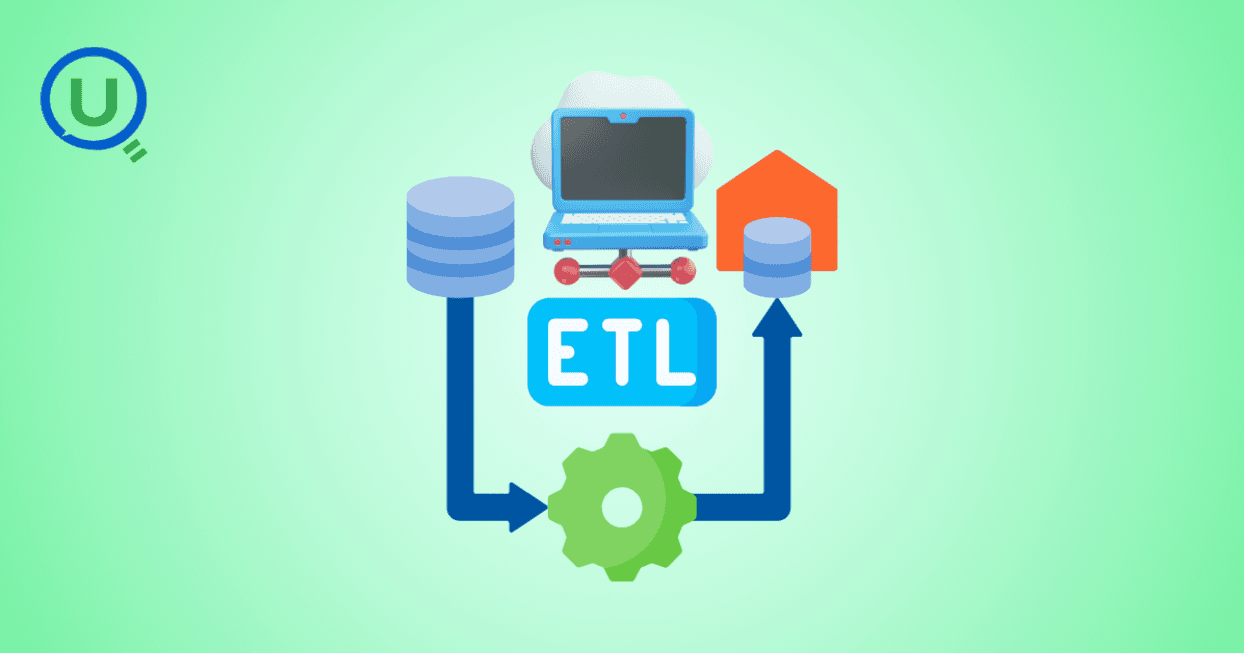
Learn the essential role of ETL (Extract, Transform, Load) in data engineering. Understand the three phases of ETL, its benefits, and how to implement effective ETL pipelines using modern tools and strategies for better decision-making, scalability, and data quality.

Discover why data orchestration and analysis are essential for modern data systems. Learn how automation tools streamline data workflows, boost insights, and scale with your business
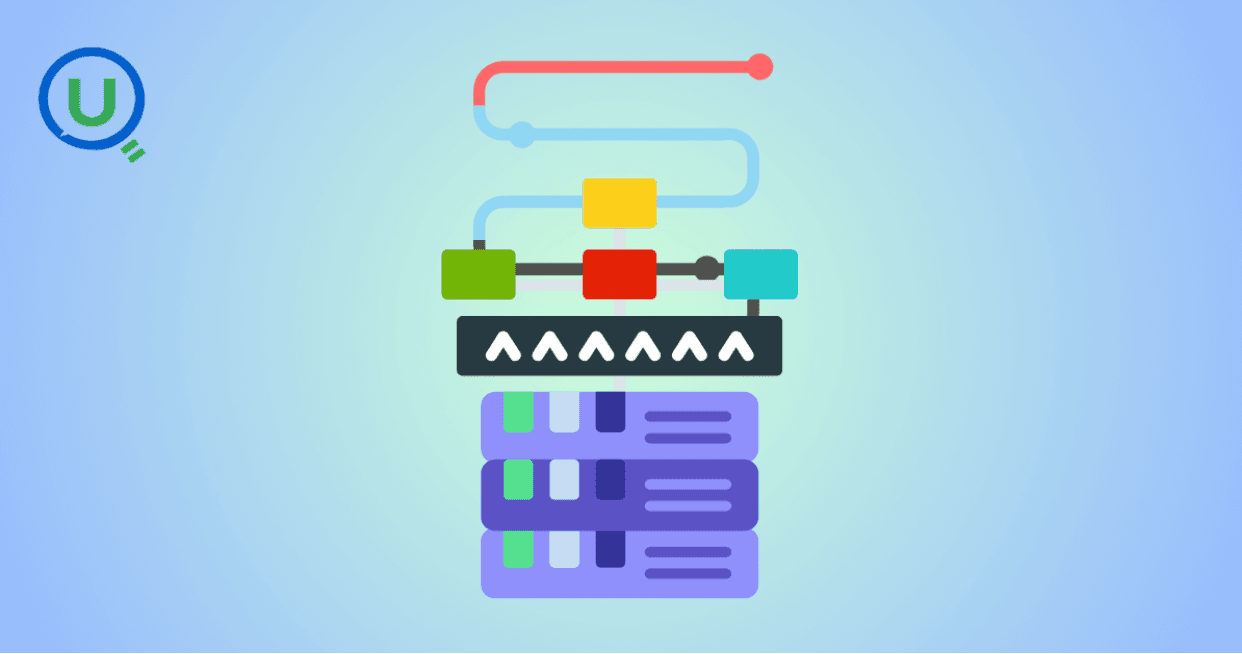
Learn what a data ingestion pipeline is, why it's vital for modern analytics, and how to design scalable, real-time pipelines to power your data systems effectively.

Discover the top 15 data warehouse tools for scalable data management in 2024. Learn how to choose the right platform for analytics, performance, and cost-efficiency.
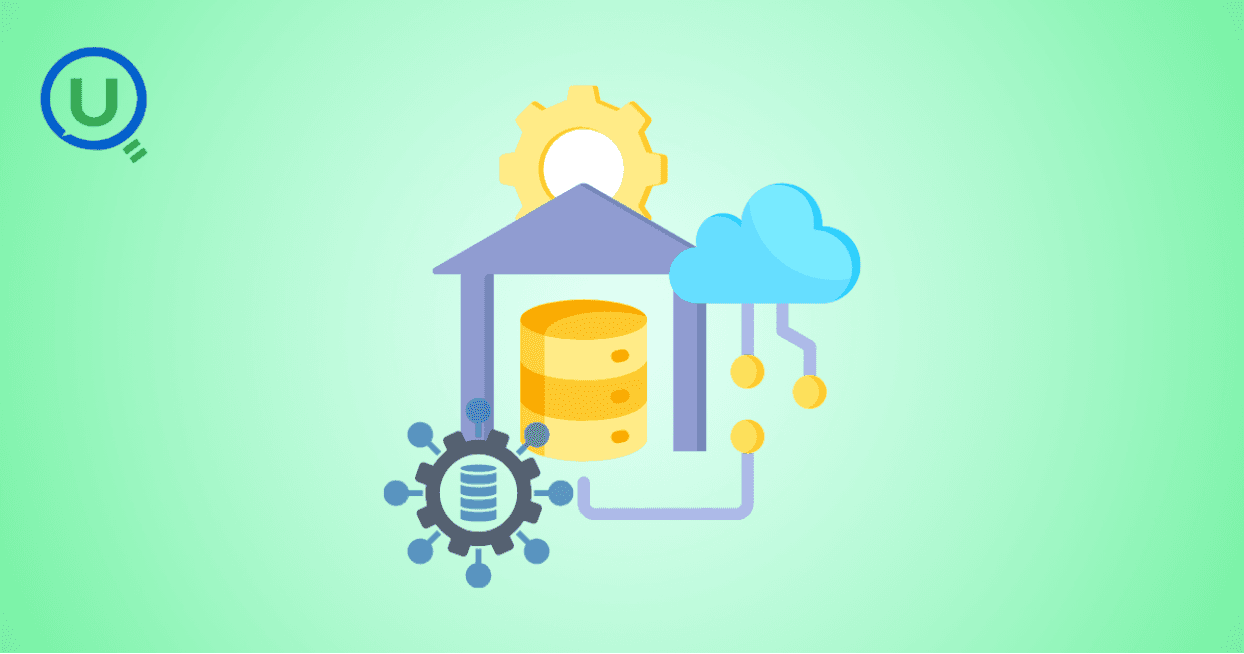
Confused between a data mart and a data warehouse? Learn the key differences, use cases, and how to choose the right data architecture for your business. Explore best practices, real-world examples, and expert insights from Enqurious.

Discover the top 10 predictive analytics tools to know in 2025—from SAS and Google Vertex AI to RapidMiner and H2O.ai. Learn why predictive analytics is essential for modern businesses and how to choose the right tool for your data strategy.

Explore the key differences between descriptive and predictive analytics, and learn how both can drive smarter decision-making. Discover how these analytics complement each other to enhance business strategies and improve outcomes in 2025 and beyond.

Explore the key differences between predictive and prescriptive analytics, and learn how both can drive smarter decisions, enhance agility, and improve business outcomes. Discover real-world applications and why mastering both analytics approaches is essential for success in 2025 and beyond.
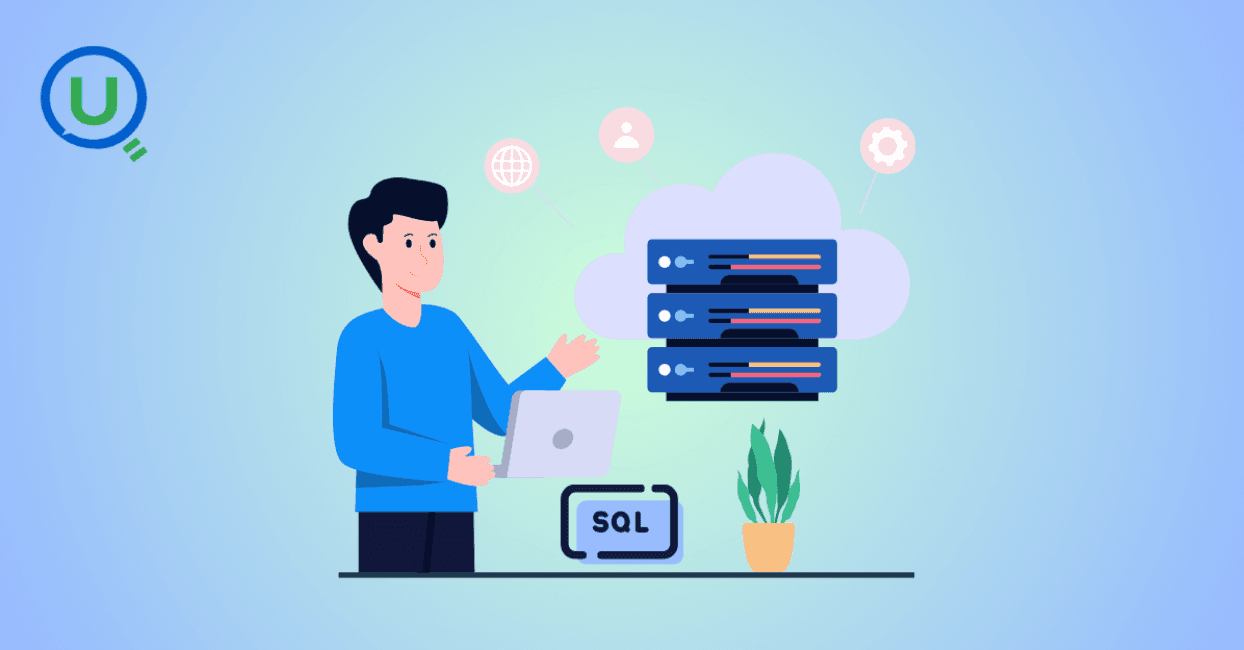
Compare PostgreSQL vs SQL Server in this comprehensive guide. Learn the key differences, strengths, and use cases to help you choose the right database for your business needs, from cost to performance and security.
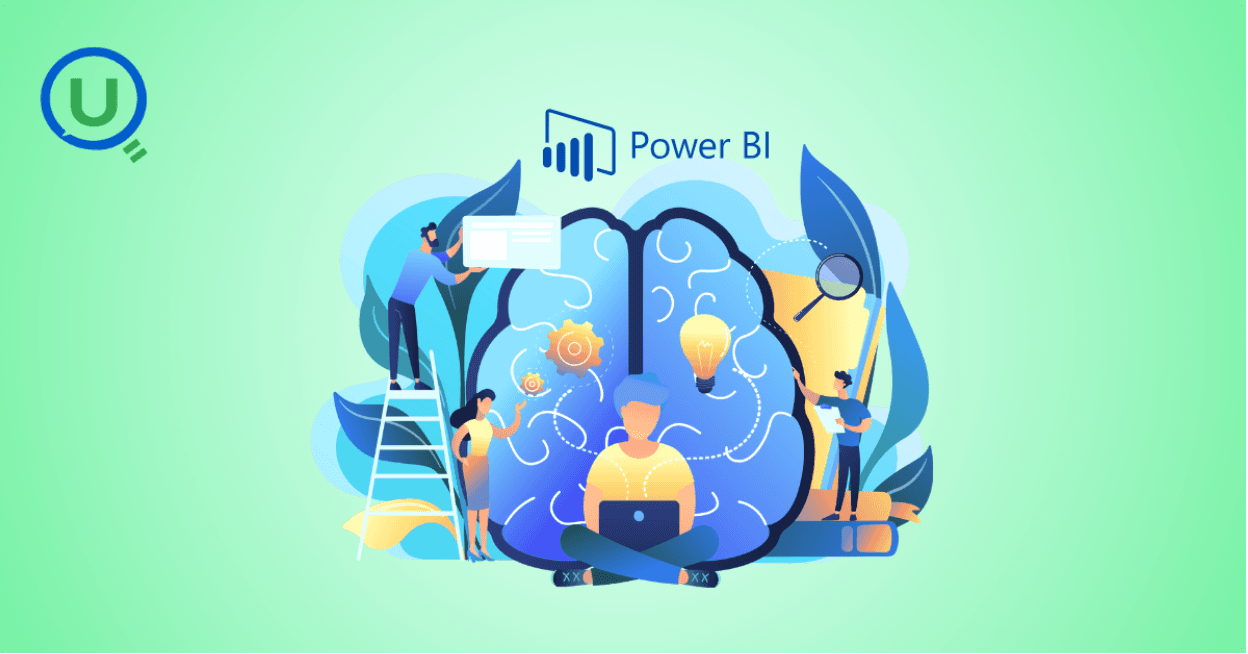
Learn what Power BI is and how it works in this beginner's guide. Discover its key features, components, benefits, and real-world applications, and how it empowers businesses to make data-driven decisions.
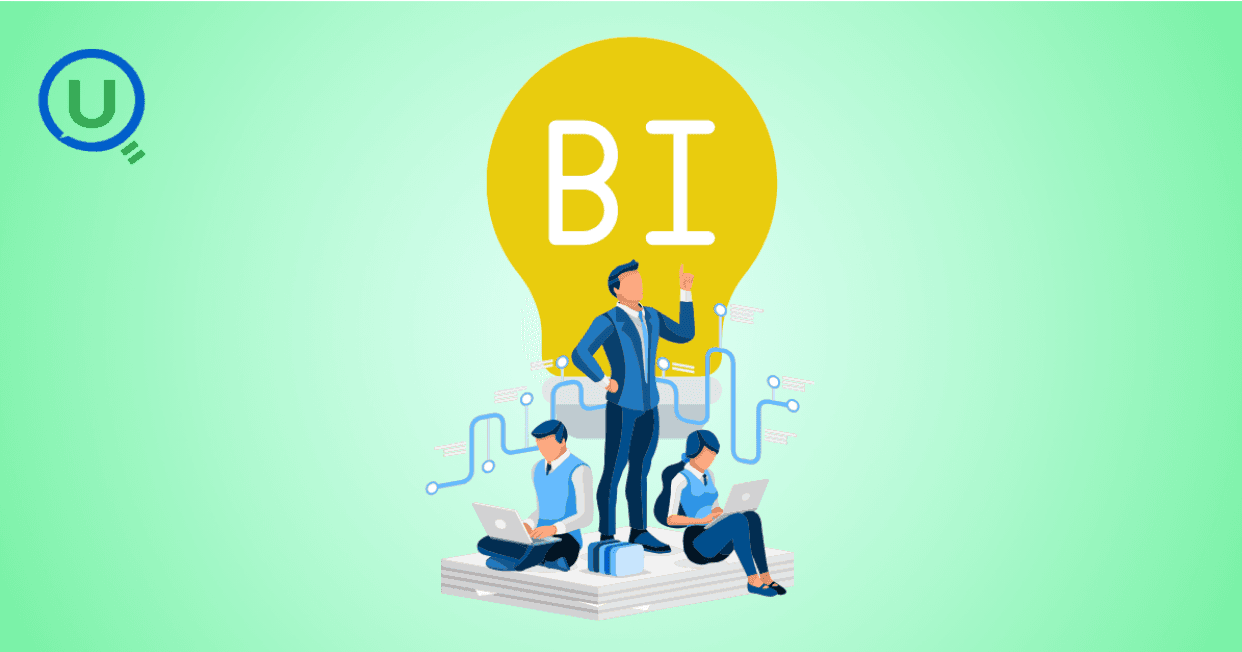
Explore what a Business Intelligence Engineer does—from building data pipelines to crafting dashboards. Learn key responsibilities, tools, and why this role is vital in a data-driven organization.
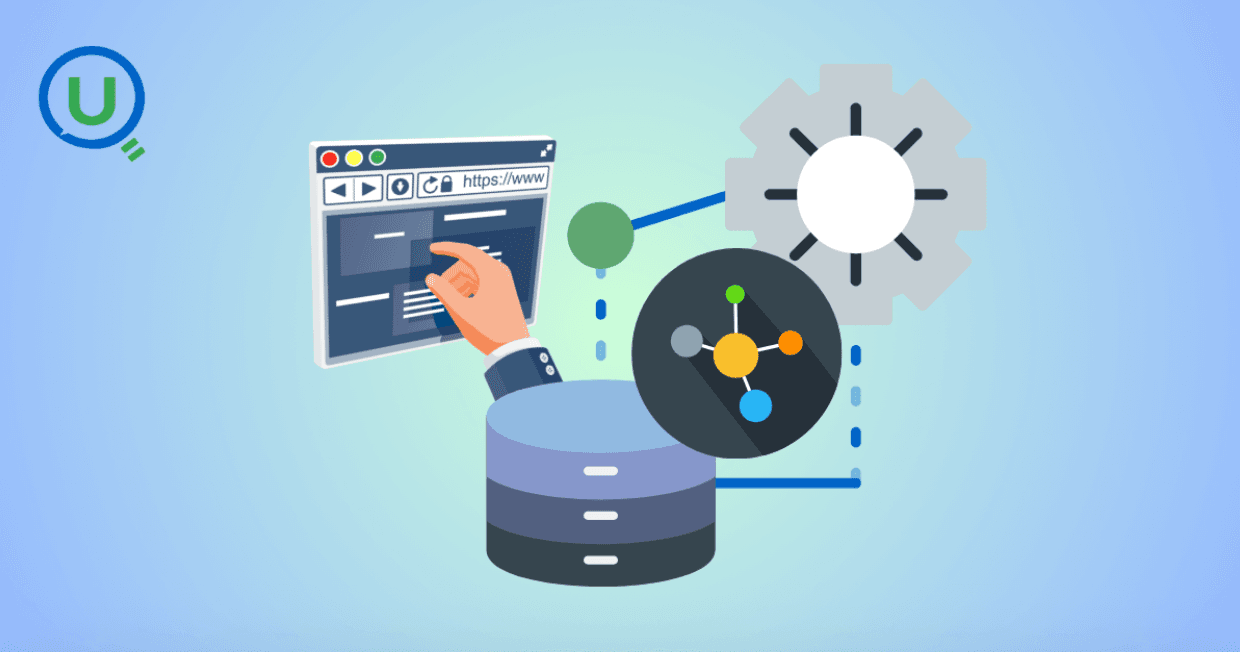
Discover why data lineage is essential in today’s complex data ecosystems. Learn how it boosts trust, compliance, and decision-making — and how Enqurious helps you trace, govern, and optimize your data journeys.
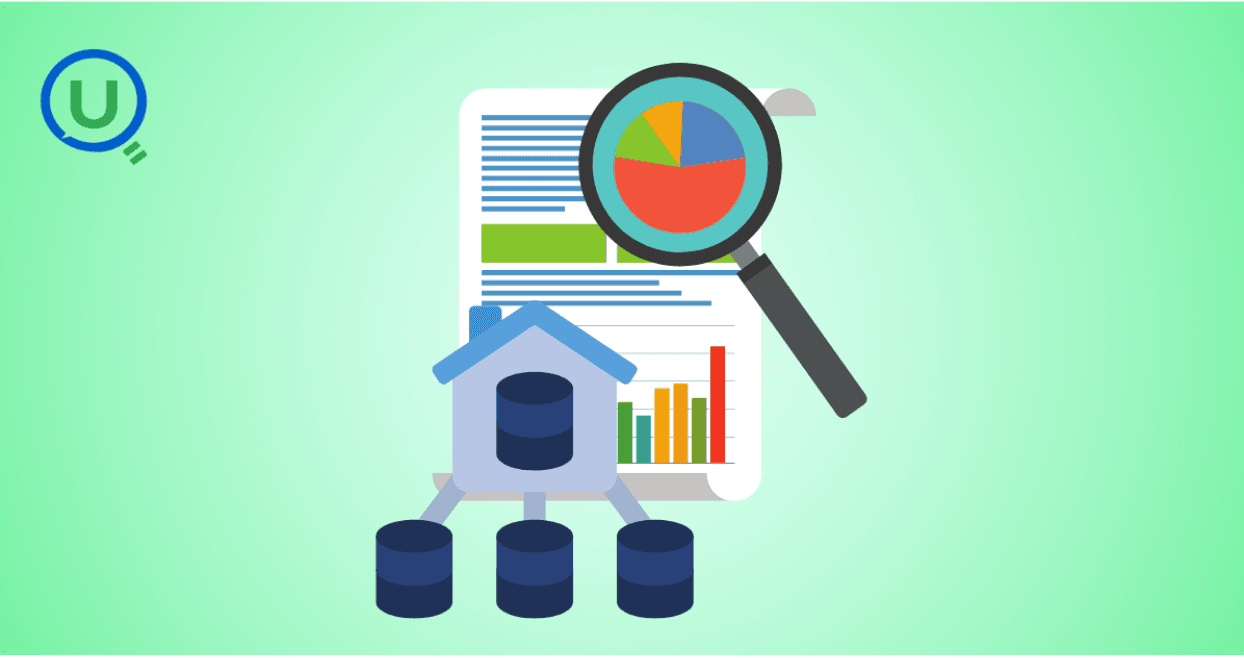
Learn what a data mart is, its types, and key benefits. Discover how data marts empower departments with faster, targeted data access for improved decision-making, and how they differ from data warehouses and data lakes.

Master data strategy: Understand data mart vs data warehouse key differences, benefits, and use cases in business intelligence. Enqurious boosts your Data+AI team's potential with data-driven upskilling.
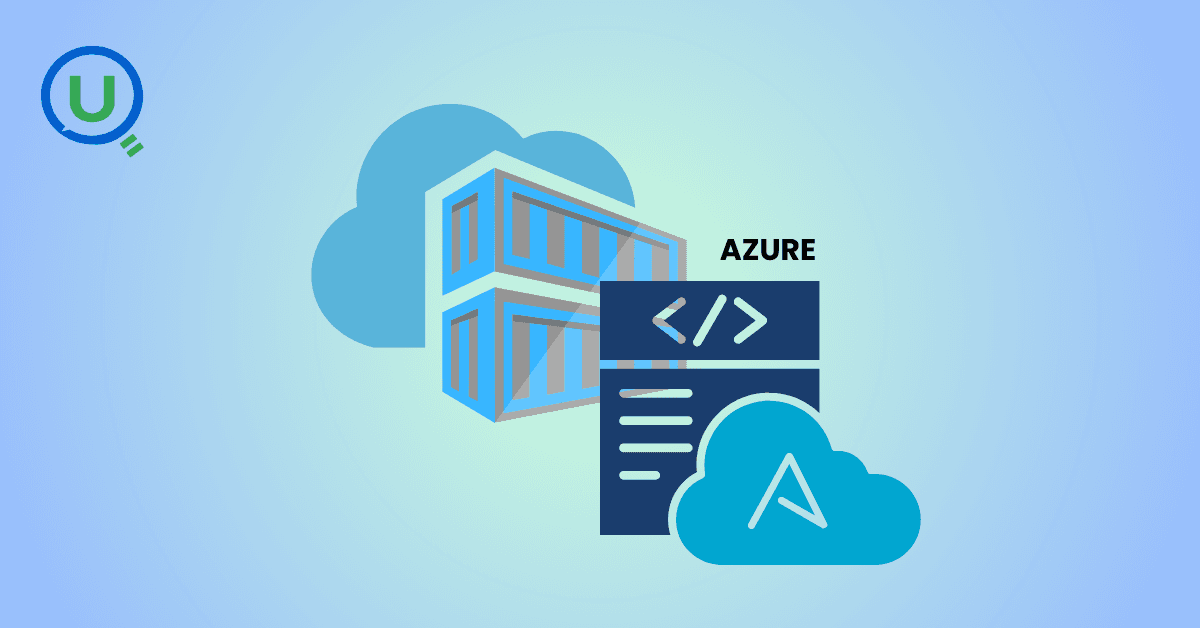
Learn what Azure Data Factory (ADF) is, how it works, and why it’s essential for modern data integration, AI, and analytics. This complete guide covers ADF’s features, real-world use cases, and how it empowers businesses to streamline data pipelines. Start your journey with Azure Data Factory today!
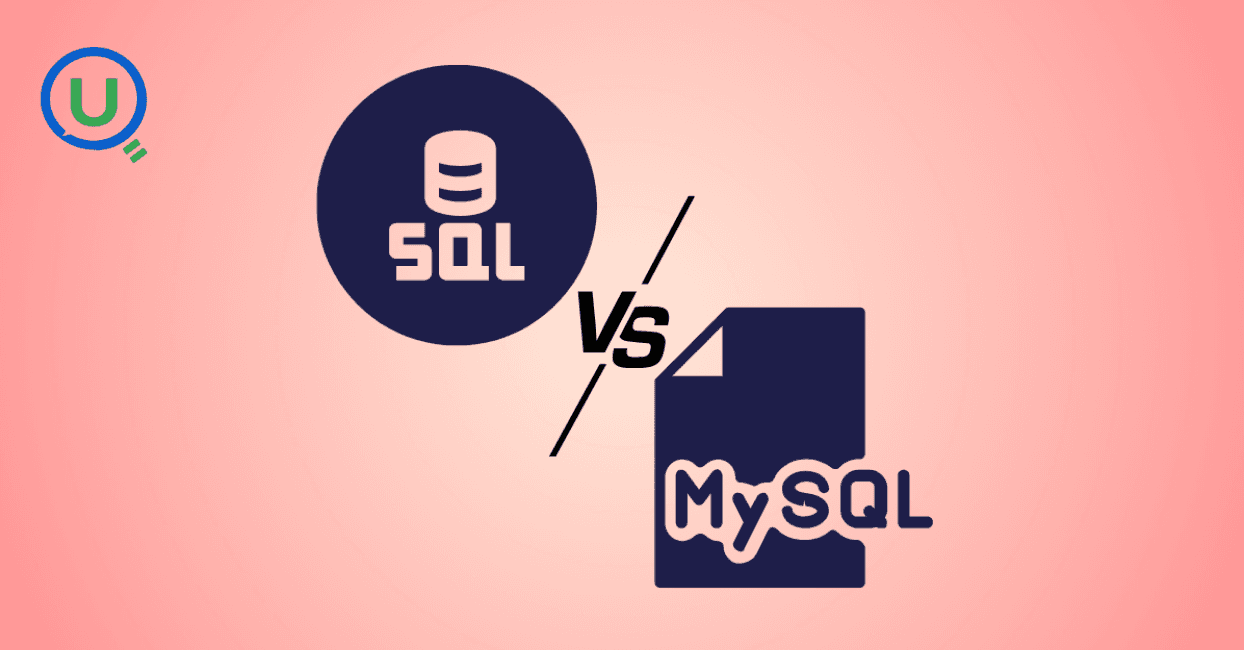
Discover the key differences between SQL and MySQL in this comprehensive guide. Learn about their purpose, usage, compatibility, and how they work together to manage data. Start your journey with SQL and MySQL today with expert-led guidance from Enqurious!
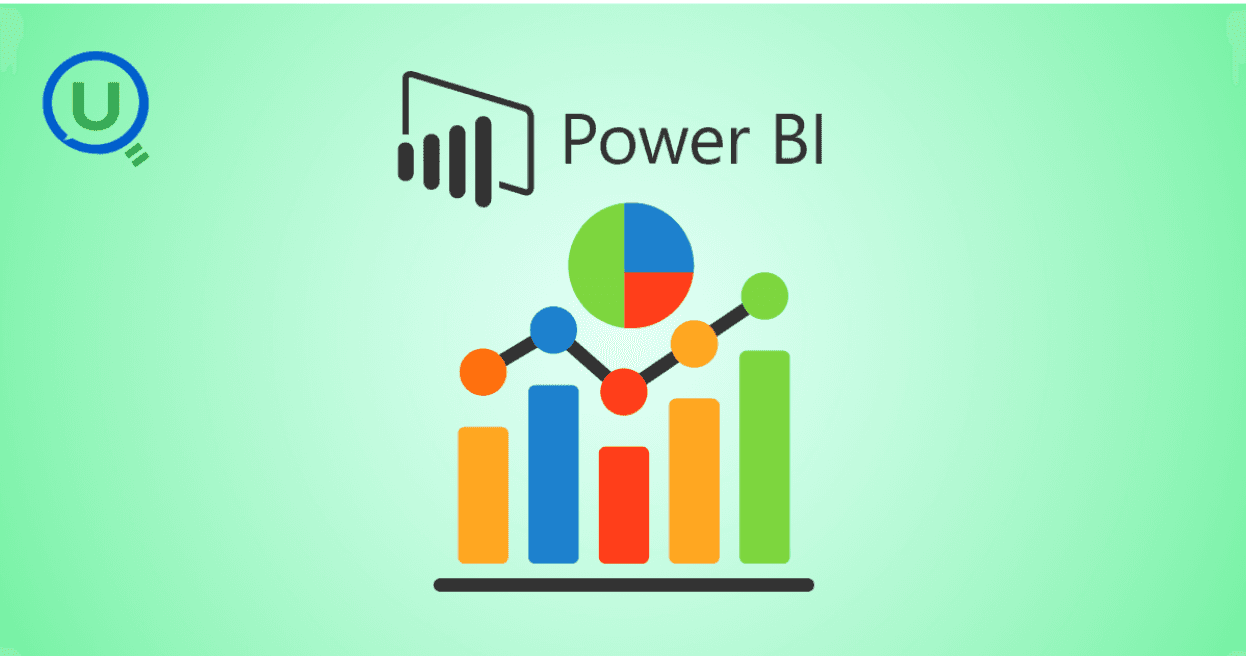
Learn Power BI from scratch in 2025 with this step-by-step guide. Explore resources, tips, and common mistakes to avoid as you master data visualization, DAX, and dashboard creation. Start your learning journey today with Enqurious and gain hands-on training from experts!
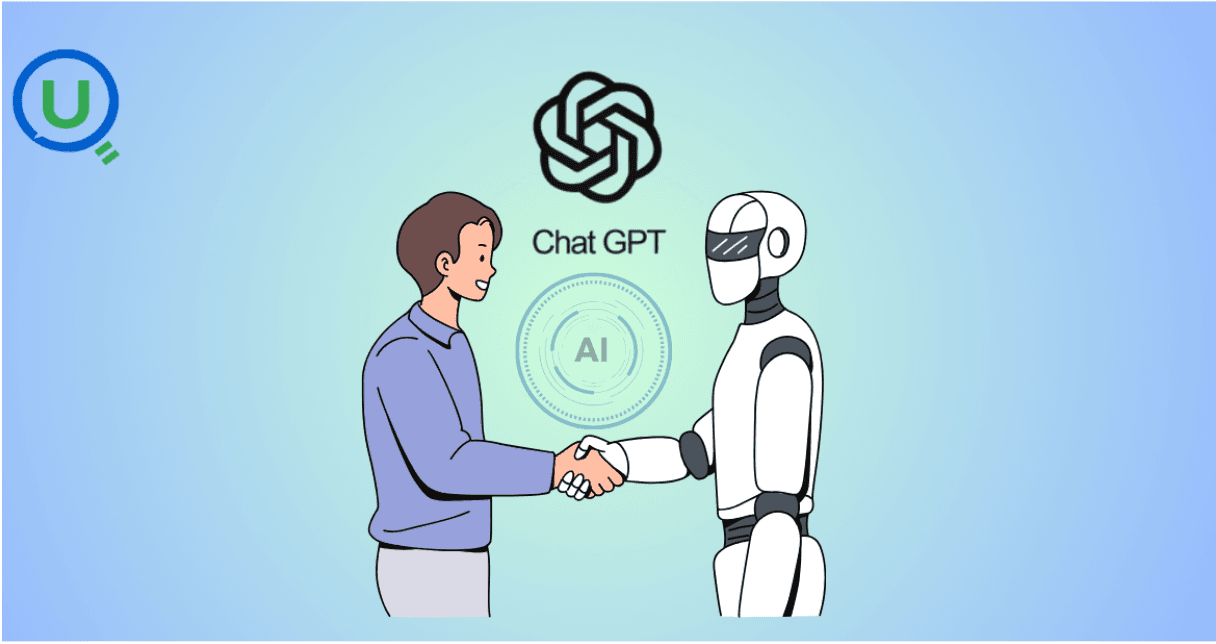
AI tools like ChatGPT are transforming clinical data management by automating data entry, enabling natural language queries, detecting errors, and simplifying regulatory compliance. Learn how AI is enhancing efficiency, accuracy, and security in healthcare data handling.
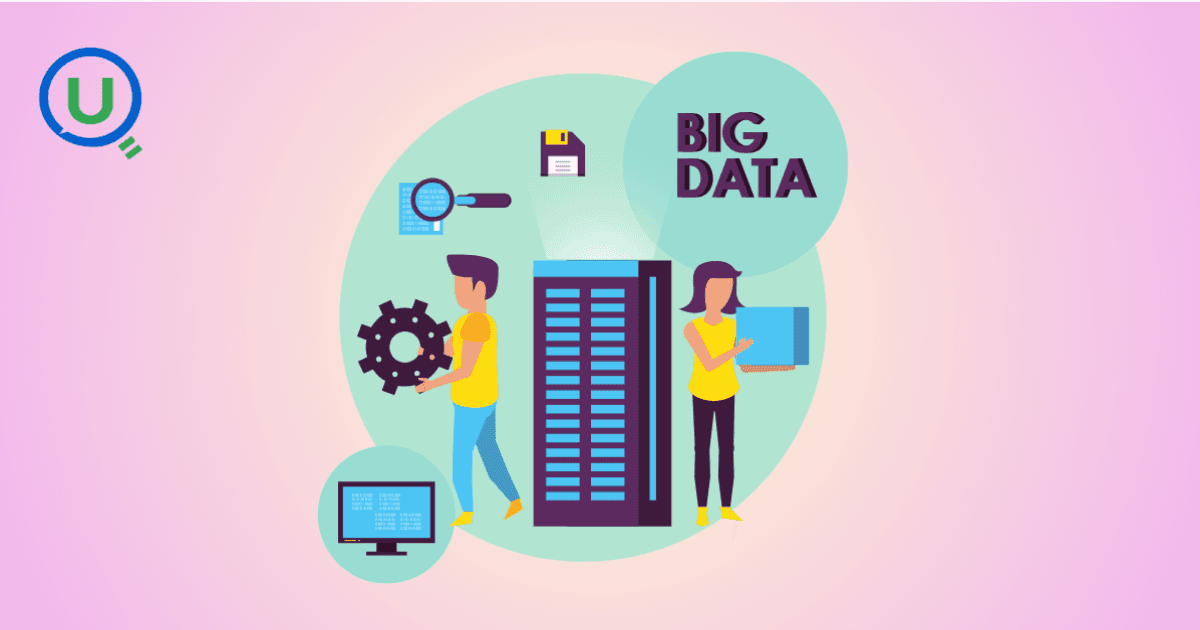
Big Data refers to large, complex data sets generated at high speed from various sources. It plays a crucial role in business, healthcare, finance, education, and more, enabling better decision-making, predictive analytics, and innovation.
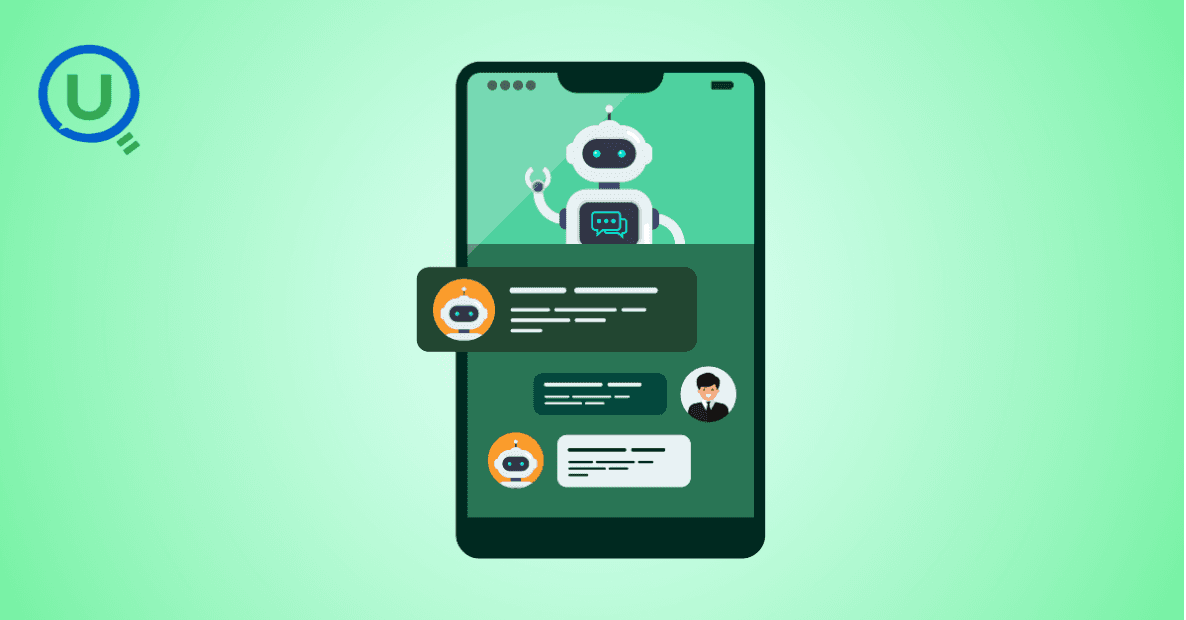
Discover the power of prompt engineering and how it enhances AI interactions. Learn the key principles, real-world use cases, and best practices for crafting effective prompts to get accurate, creative, and tailored results from AI tools like ChatGPT, Google Gemini, and Claude.

Learn what a Logical Data Model (LDM) is, its key components, and why it’s essential for effective database design. Explore how an LDM helps businesses align data needs with IT implementation, reducing errors and improving scalability.
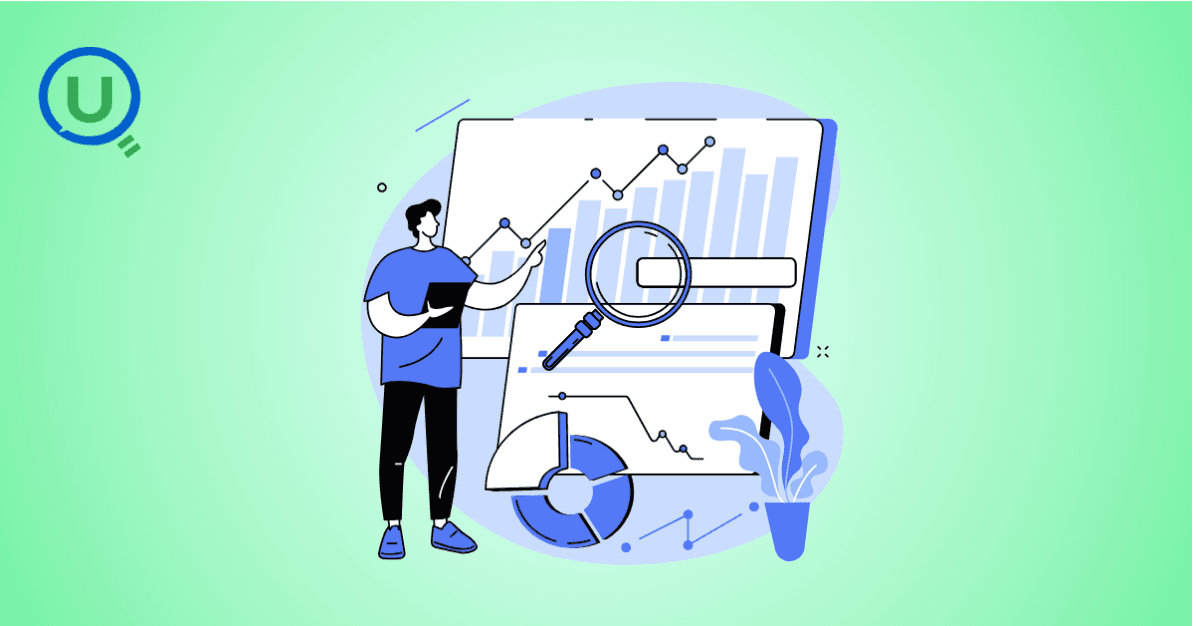
Discover the power of a Canonical Data Model (CDM) for businesses facing complex data integration challenges. Learn how CDM simplifies communication between systems, improves data consistency, reduces development costs, and enhances scalability for better decision-making.

Discover the 10 essential benefits of Engineering Data Management (EDM) and how it helps businesses streamline workflows, improve collaboration, ensure security, and make smarter decisions with technical data.

Explore how vibe coding is transforming programming by blending creativity, collaboration, and technology to create a more enjoyable, productive, and human-centered coding experience.

Learn how Azure Databricks empowers data engineers to build optimized, scalable, and reliable data pipelines with features like Delta Lake, auto-scaling, automation, and seamless collaboration.

Explore the top 10 data science trends to watch out for in 2025. From generative AI to automated machine learning, discover how these advancements are shaping the future of data science and transforming industries worldwide.

Discover the key differences between data scientists and data engineers, their roles, responsibilities, and tools. Learn how Enqurious helps you build skills in both fields with hands-on, industry-relevant learning.

Discover the 9 essential steps to effective engineering data management. Learn how to streamline workflows, improve collaboration, and ensure data integrity across engineering teams.
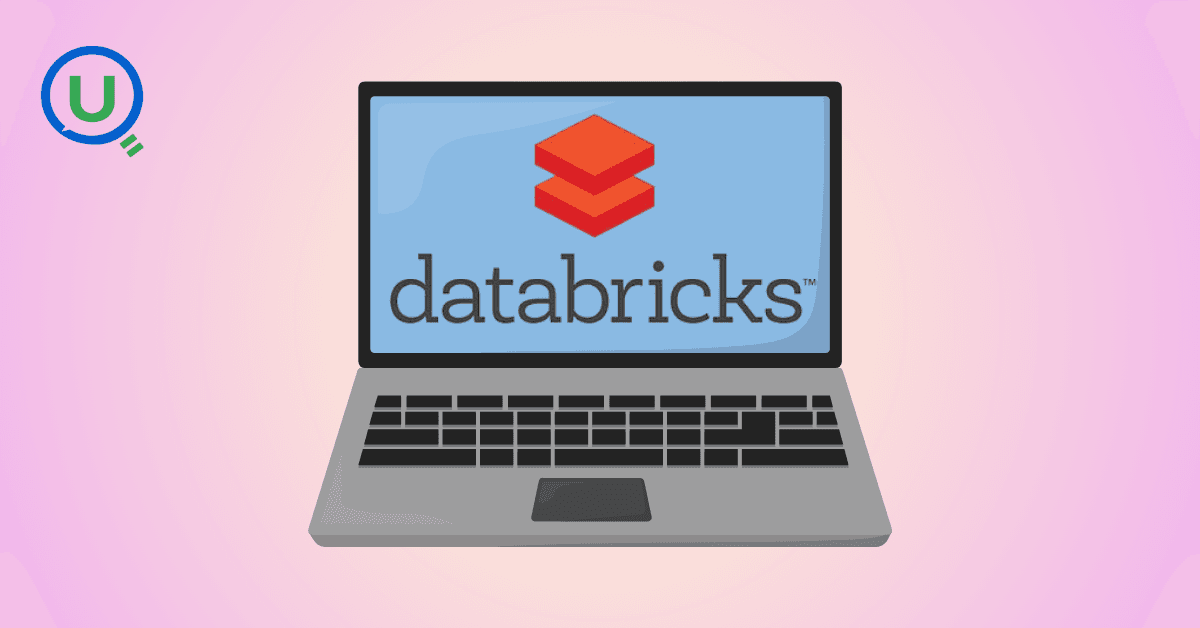
Azure Databricks is a cloud-based data analytics platform that combines the power of Apache Spark with the scalability, security, and ease of use offered by Microsoft Azure. It provides a unified workspace where data engineers, data scientists, analysts, and business users can collaborate.

In today's data-driven world, knowing how to make sense of information is a crucial skill. We’re surrounded by test scores, app usage stats, survey responses, and sales figures — and all this raw data on its own isn’t helpful.

In this blog, we will discuss some of the fundamental differences between AI inference vs. training—one that is, by design, artificially intelligent.

This guide provides a clear, actionable roadmap to help you avoid common pitfalls and successfully earn your SnowPro Core Certification, whether you’re making a career pivot or leveling up in your current role.

"Ever had one of those days when you’re standing in line at a store, waiting for a sales assistant to help you find a product?" In this blog we will get to know about -What is RAG, different types of RAG Architectures and pros and cons for each RAG.

Discover how Databricks and Snowflake together empower businesses by uniting big data, AI, and analytics excellence